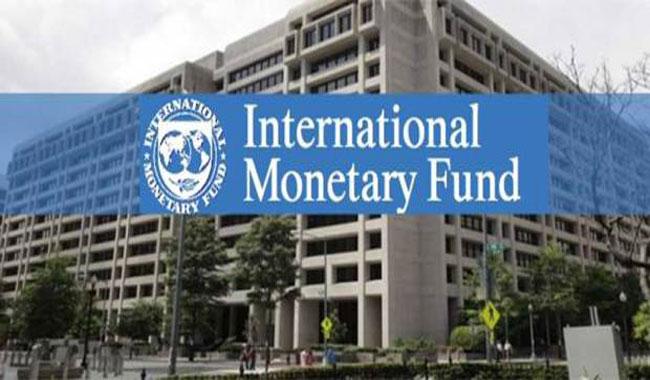 Foreign portfolio investors (FPIs) have invested a phenomenal $3 billion (close to Rs 18,000 crore) in India’s capital markets this month on expectations of high yields as corporate earnings are expected to pick up with the economy gathering momentum after the slowdown due to the chaotic implementation of GST.
Foreign portfolio investors (FPIs) have invested a phenomenal $3 billion (close to Rs 18,000 crore) in India’s capital markets this month on expectations of high yields as corporate earnings are expected to pick up with the economy gathering momentum after the slowdown due to the chaotic implementation of GST.
The sharp increase in inflows comes after an outflow of over Rs 3,500 crore by foreign portfolio investors (FPIs) from the capital markets in December, data compiled by depositories shows. According to market analysts money pumped in by FPIs has played a key role in fuelling the bull run in the stock markets that saw both the Sensex and Nifty on a record breaking spree in recent weeks.
FPIs infused a net amount to the tune of Rs 11,759 crore in stocks and Rs 6,127 crore in debt during January 1-25 — translating into net inflows of Rs 17,866 crore. For the entire 2017, FPIs invested a collective amount of Rs 2 lakh crore in the country’s equity and debt markets.
The inflow in the current month can be attributed to anticipation of earnings recovery and attractive yields which is expected to further strengthen inflow from foreign investors in the current financial year, said Dinesh Rohira, CEO of 5nance, an online platform providing financial planning services.
However, Quantum MF Fund Manager-Fixed Income Pankaj Pathak believes that FPIs may not be able to repeat this showing in 2018 as withdrawal of liquidity and rate hikes in developed economies pick up. This would provide them with alternative avenues of investment.
The FPI investments have also helped to bolster the country’s foreign exchange reserves which touched an all-time high of USD 414.784 billion in the week to January 19, Reserve Bank data showed. The RBI data showed that the forex reserves rose by USD 959.1 million to touch a record high during the reporting week. In the previous week, the reserves had touched USD 413.825 billion after it rose by USD 2.7 billion.
The reserves had crossed the USD 400-billion mark for the first time in the week to September 8, 2017 but have since been fluctuating. But for the past four weeks the figure has shown a continuous rise. Higher foreign exchange reserves lead to a stronger rupee which in turn reduces the cost of imports as fewer rupees have to be paid to buy the same amount of dollars to pay for items such as crude oil.
A higher foreign exchange kitty also provides a comfortable cushion to finance imports especially at a time when crude prices are shooting up in the international market and the country’s trade deficit has been growing. However, while FPI inflows add to the forex reserves they are considered “hot money” as they can leave Indian shores at short notice and this could send the rupee into a tailspin.
A senior finance ministry official said that foreign direct investment (FDI) is a more stable source of funding for the economy and since it also creates jobs and incomes the government is keen to see an increase in such investments. The Prime Minister’s trip to Davos was aimed at achieving this goal, he pointed out. He said that the government has been working on the ease of doing business which has seen a sharp increase in FDI inflows and this policy will continue in the forthcoming budget. At the same time the government is keen FPI inflows are not disrupted due to tax levies on stocks that create uncertainties, he added.
Source: Business Today






